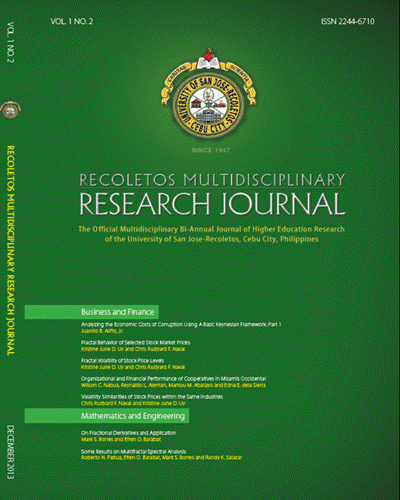Symbolism at the Heart of Bantu Traditional Religion (Research conducted in Bantu Land of Republic of Zambia and Republic of Malawi)
DOI:
https://doi.org/10.32871/rmrj1301.02.11Keywords:
symbolism, Bantu religion, Chiwa tribeAbstract
This paper looks at the core of traditional Bantu religion and taking some particular practices and phenomena as examples to explore how the symbol plays an irreplaceable role in traditional religious circles in Chiwa tribe in Republic of Malawi and with the Bemba1 tribe of Republic of Zambia. At the heart of many traditional religions especially in Africa the supreme figure called God (Lesa for the Bemba and Chauta for the Chewa) express a common essence about cultures and religious beliefs, rites and rituals through symbolic manifestation within the culture. This kind of thought gives preference to emotion over reason, myth over practical investigation and rhythm over melody that transport their senses and belief from symbolic manifestation to spiritual realm of belief. African traditional religions, man finds no other possibility of existing without a religion as it is part of his nature.
References
Cassirer .E, The Philosophy of Symbolic Forms. (Vol 1), Translated by Ralph Manheim, New Haven and London: Yale University Press, 1968.
Claude Boucher Chisale WF, The Gospel Seed, Culture and Faith in Malawi as expressed in the Missio Banner,Balaka: Montfort Media, 2002.
Eric .O. Ayisi, An Introduction to the Study of African Culture (2nd Ed), Nairobi: East African Education Publishers, English Press Ltd. 1992.
Hick .J.H, Philosophy of Religion (2nd Ed), USA: Prentice Hall Inc, 1973.
Idowu .E,African Traditional Religion, ADefinition,London: SCM Press Ltd, 1974.
J.W.M Van Breugel, ChewaTraditional Religion. Blantyre: CLAIM, 2001.
Kanyike .E.M, The Principle of Participation in African Cosmology and Anthropology,Balaka: Montfort Media, 2003.
Kirwen .M.C, (Ed.), African Cultural Knowledge, Themes and Embedded Beliefs, Nairobi: Mary Knoll Institute of African Studies, 2005.
Mbiti S.J, African Religions and Philosophy, London: Heinemann, 1969.
Morris B, Anthropological Studies of Religion, An Introductory Text, U.K: Cambridge University Press, 1987.
Ochieng’-Odhiambo F, African Philosophy: An Introduction, (5th Ed), Nairobi: Consolata Institute of Philosophy Press, 2009.
Parrinder .E.G, African Traditional Religion (3rd Ed), Great Britain, Southampton: The Camelot Press Ltd, 1974.
Parrinder Geoffrey, Religion in Africa. London: Cox and Wyman Ltd. 1969
Ricoeur .P, The Symbolism of Evil, Boston: Beacon Press, 1969.
Stiver D.R, The Philosophy of Religious Language, Sign, Symbol and Story, U.S.A, Massachusetts: Blackwell Publishers, 1996.
Wehmeier .S, (ed.) Oxford Advanced Learners Dictionary International Students edition (7th Ed), Britain: Oxford University Press. 2010.
White Fathers, Bemba – English Dictionary, Ndola: Mission Press, 1991.
Downloads
Published
How to Cite
Issue
Section
License
Copyright of the Journal belongs to the University of San Jose-Recoletos


